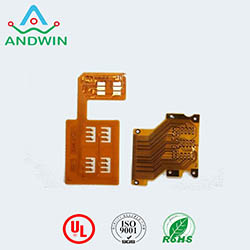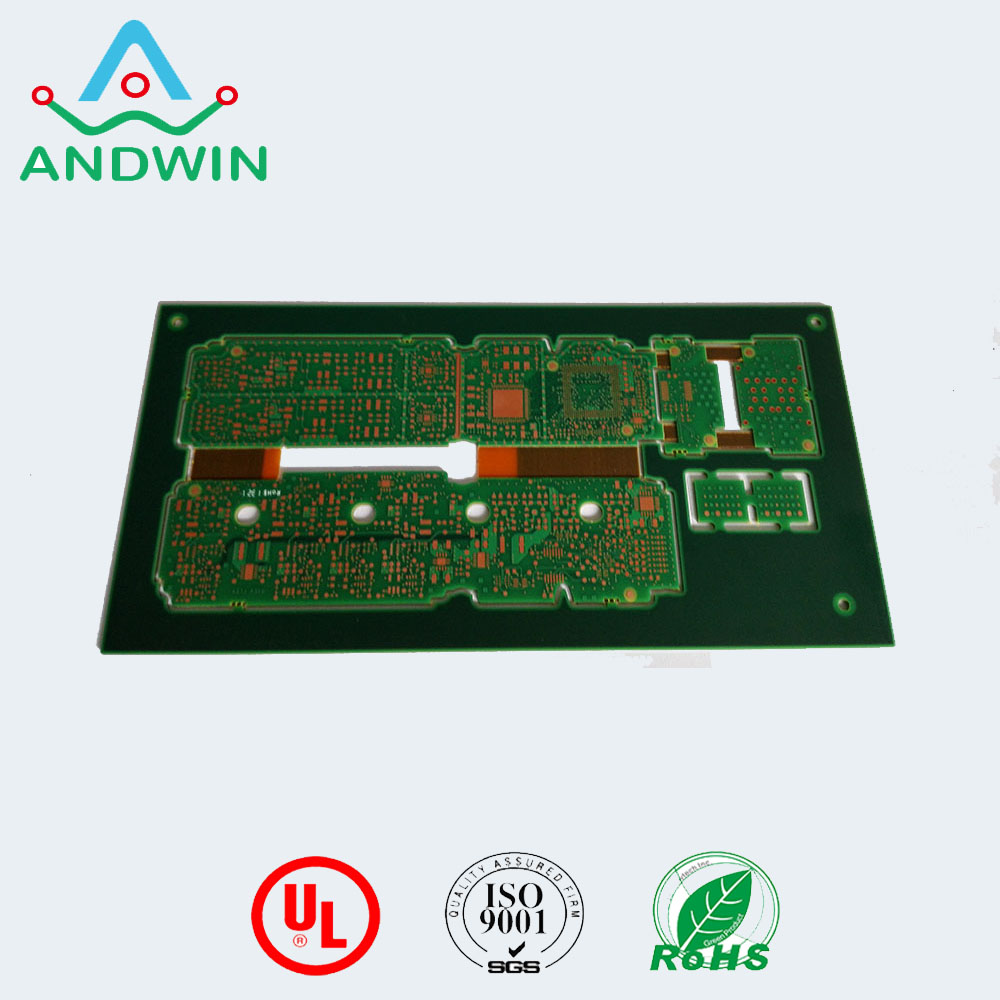Aluminium pcb manufacturing process
The manufacturing process for aluminum PCBs (also known as metal-core PCBs or MCPCBs) involves several steps:

1. Design: The first step is to design the PCB using computer-aided design (CAD) software. The design includes the placement of components, routing of traces, and selection of materials.
2. Substrate preparation: The aluminum substrate is cut to the desired size and shape. The surface of the substrate is then cleaned and roughened to improve adhesion.
3. Dielectric layer application: A layer of dielectric material is applied to the surface of the aluminum substrate. This layer provides electrical insulation and helps to improve thermal conductivity.
4. Circuit printing: The circuit pattern is printed onto the dielectric layer using a process called screen printing or photoengraving. The circuit pattern includes the conductive traces and pads for component attachment.
5. Etching: The excess metal is removed from the aluminum substrate using an etching process. This leaves only the desired circuit pattern on the substrate.

6. Drilling and routing: Holes are drilled into the substrate for component attachment and routing of traces. The substrate is then routed to the final shape and size.
7. Surface finish: A surface finish is applied to the exposed metal to protect against oxidation and improve solderability.
8. Testing: The PCB is tested to ensure that it meets the required specifications for electrical performance.
9. Assembly: Components are attached to the PCB using soldering or other methods.
10. Inspection and quality control: The finished PCB is inspected and tested to ensure that it meets the required quality standards.

The aluminum substrate manufacturing process requires the following:
1. Raw materials: Aluminum ingots or sheets are required as the raw material for the manufacturing process.
2. Melting furnace: A melting furnace is used to melt the aluminum ingots or sheets.
3. Casting machine: A casting machine is used to pour the molten aluminum into a mold to create the substrate.
4. Cooling system: A cooling system is used to cool the substrate after it has been cast.
5. Cutting machine: A cutting machine is used to cut the substrate into the desired size and shape.
6. Surface treatment: The surface of the substrate may be treated with chemicals or coatings to improve its properties.
7. Quality control: Quality control measures are implemented throughout the manufacturing process to ensure that the substrate meets the required specifications and standards.







